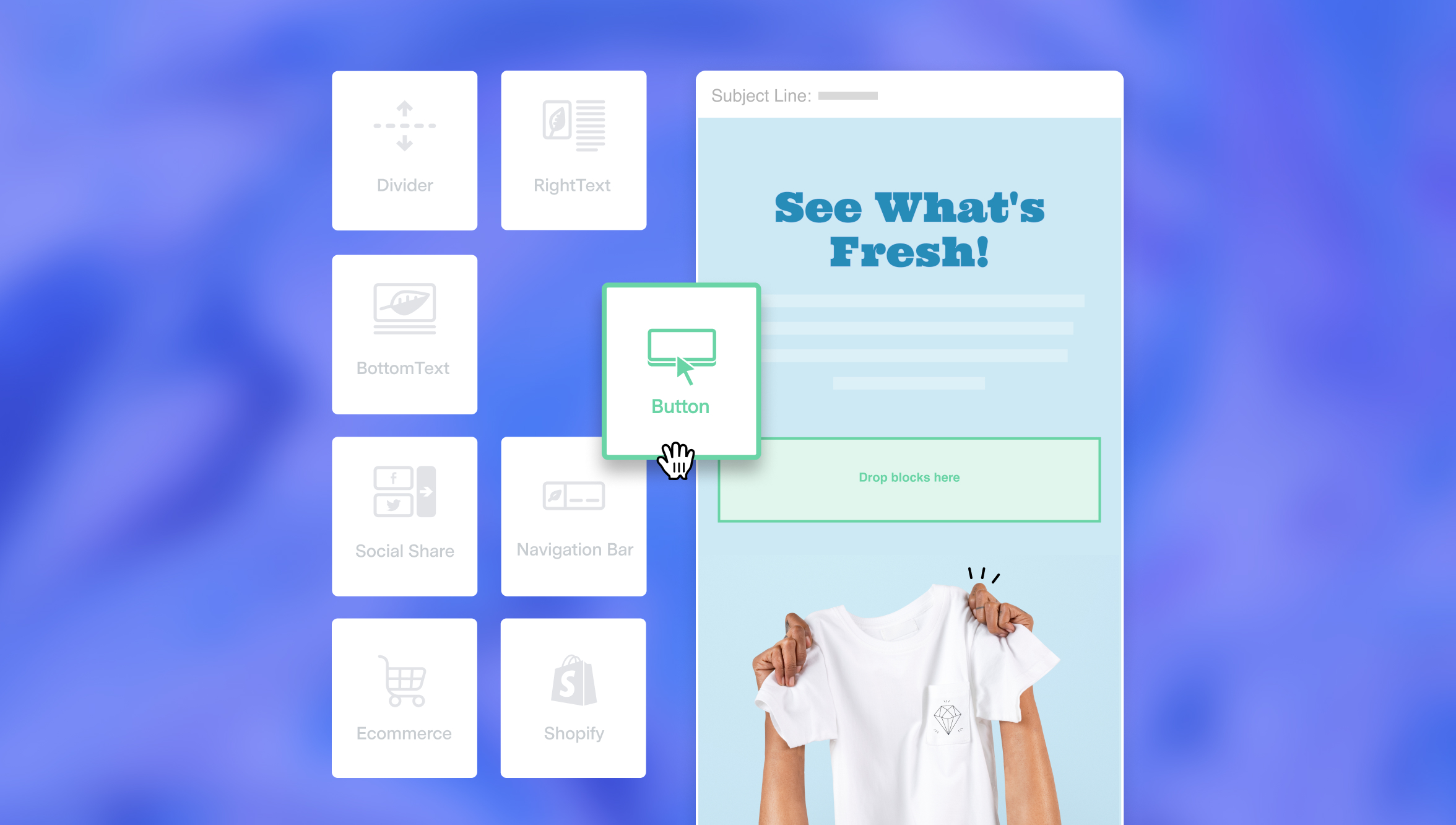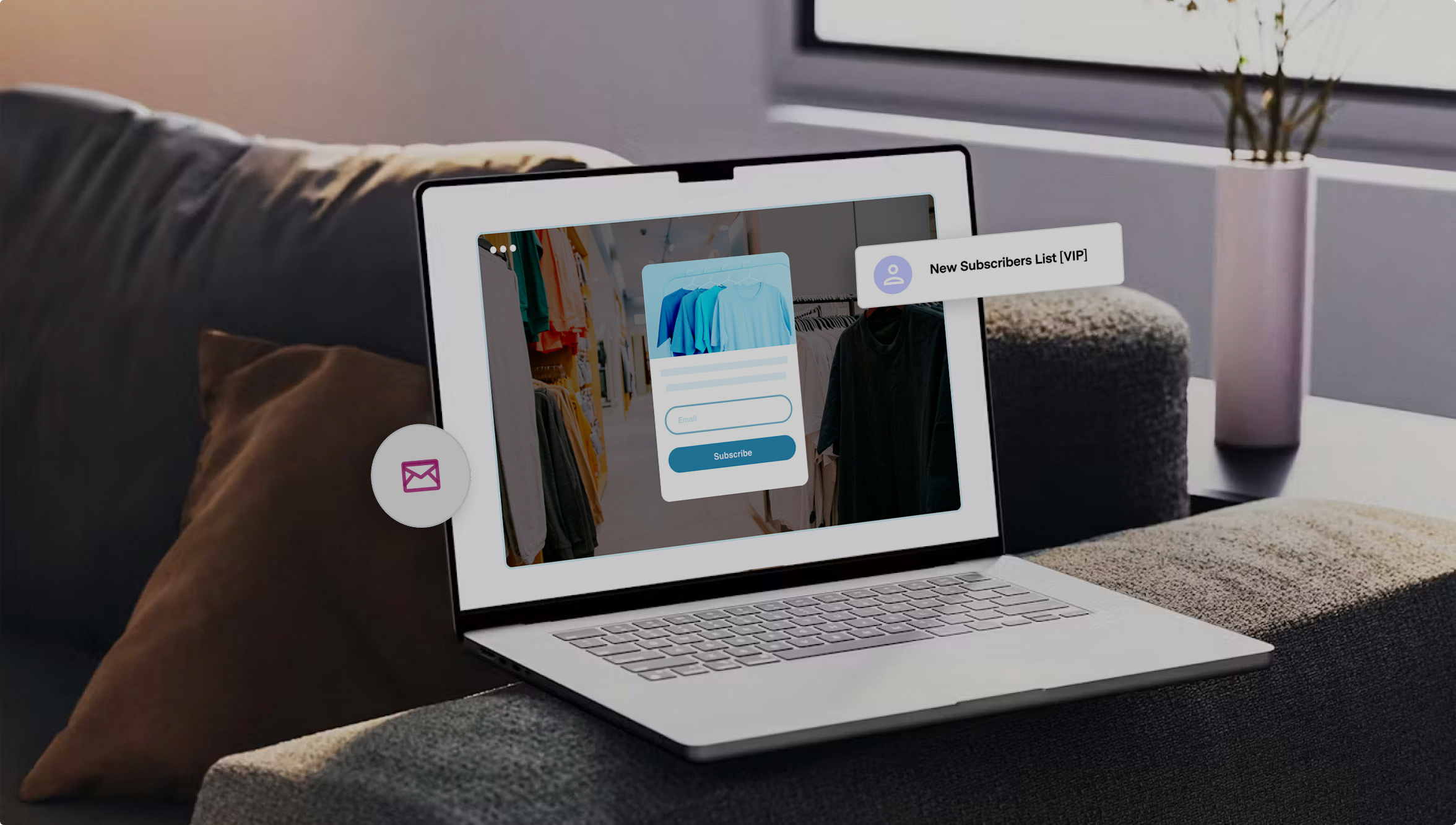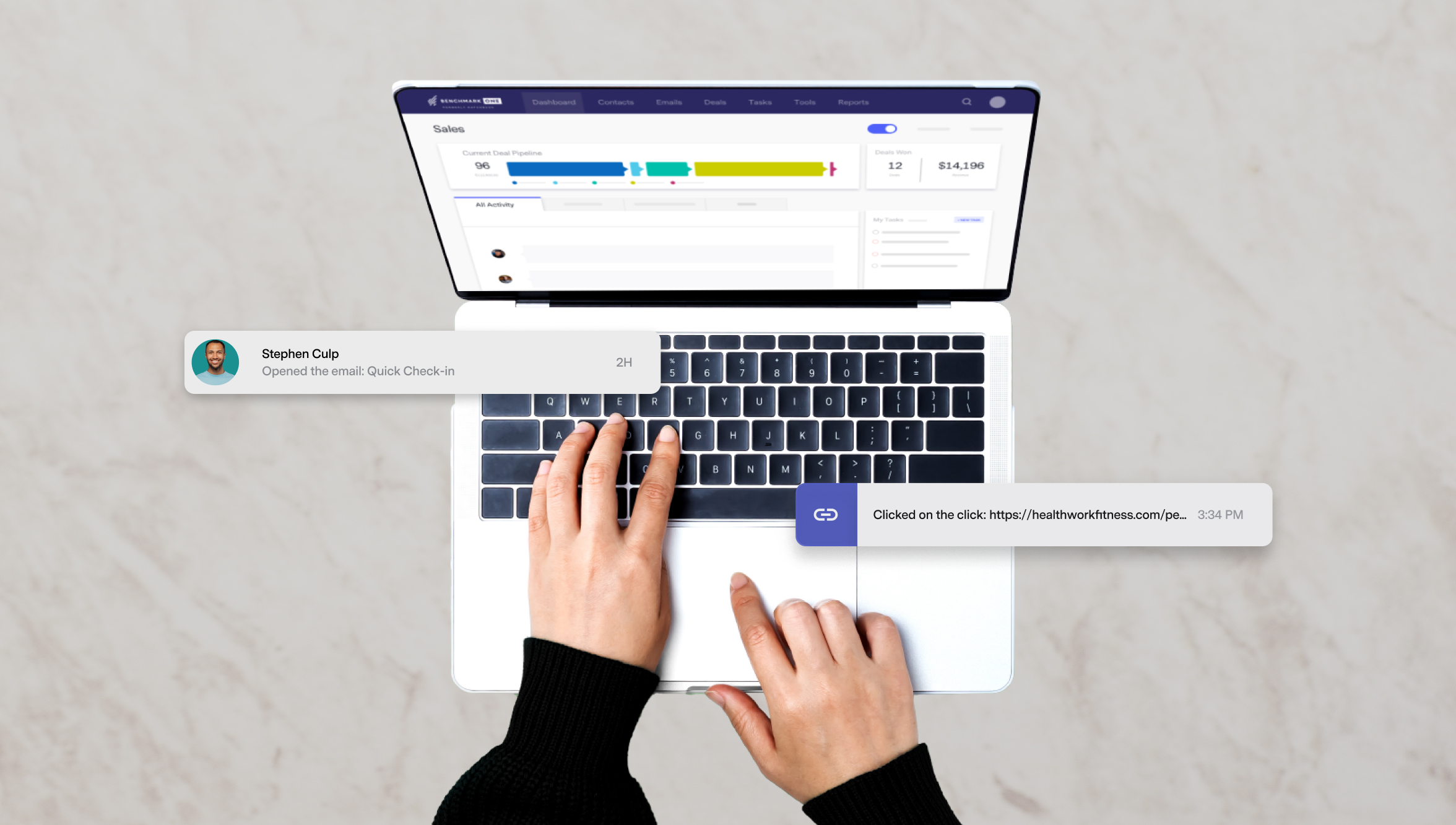
Imagine being able to talk to thousands of potential and loyal customers one-on-one. That’s what email marketing does for you. It remains one of the most popular forms of marketing, thanks to its high ROI and incredible reach. Email marketing doesn’t work like magic, though. You need to have an actionable strategy, gather valuable insight, and create compelling content to make your emails dazzle (pun intended).
Emails have been shown to influence 50.7 percent of customers when it comes to their buying decisions. So how can you tap into this? You’ll need to make sure you do some things right – and make sure you don’t do other things wrong.
Our list of top email marketing mistakes will help you chart a path through the incredibly rewarding avenue that is email marketing.
1. Sending Your Email to the Junk Folder
If your customers don’t see your email in their inbox, that’s a pretty reliable indicator that your campaign will fail. Good news is there are ways to prevent your brand from ending up in the junk folder. You could ask your subscribers to whitelist you, but that involves them taking action, and you can’t always rely on this. Instead, make sure your email content is as least-spammy as possible. Here are some tips:
- Stay away from words like ‘free’ in the subject line.
- Include alt text for all your images so the spam filters can decode what they are.
- Use email addresses that people have given you willingly to avoid them reporting you as spam. In other words, don’t buy email lists.
- Don’t use all-caps in your text and subject.
- Use a legitimate email address to send your communication from.
2. Trying to Bypass GDPR and/or Other Legalities
Most regulations, including the General Data Protection Regulation (GDPR), have one goal – to protect users’ privacy and data. Make sure you understand the legal requirements of sending emails in your targeted geographical areas to avoid being caught in legislation or paying hefty fines. It really would be foolish to share your email lists with a third party, obtain data without user consent, and compromise someone’s right to privacy.
3. Applying a Universal Email Strategy for all Your Customers
The power of email marketing is in its capability to be personalized for different kinds of audiences. Using a blanket content and email strategy for all your audiences is a surefire way to sound disengaged and uninteresting. There are several ways you can customize your audience’s experience with your emails:
Use Dynamic Content
What will resonate better with Jim? A simple ‘Hi there’ OR ‘ Hey Jim! Ready to wear the coolest sandals in all of California!’? It’s clearly the latter, which uses dynamic content like his name and location. Dynamic content uses the data you have to make your content relevant and interesting.
All you need to do is get creative with the data you have. You can collect some essential data like location or interests when you ask your audience to sign up. Then, use what you have to make every customer feel like you’re talking directly to them – and no one else. Dynamic content gives you the ability to have a face-to-face, human conversation with your subscriber, and that’s not a sales opportunity you want to miss out on.
Segment Your Audience
Why would you talk to a loyal customer in the same way you would speak to someone who has never interacted with your brand or business? It doesn’t make sense to dismiss your customers’ unique needs, circumstances, and relationship with your business. Segmented campaigns have a 14.37 percent higher open rates and 64.78 percent more clicks than non-segmented campaigns.
On a platform like social media, you have no choice but to broadcast the same messages to all your audience at once. But email is so powerful because you can break down your audience into segments or groups based on various factors. This puts you in control of your brand’s voice. Some segmentation strategies could be demographics, email engagement, location, and interests.
4. Sending Desktop-Oriented Emails
Emails are now mostly viewed on mobile devices. A study by Adobe showed that 85 percent of people use smartphones to access email. So why are you still sending emails that read best on a desktop?
Creating a mobile-friendly email layout includes design and content considerations. Here are a few ways to optimize for mobile:
- Make sure your typography and fonts are clear and legible on smaller screens
- Keep your buttons big, obvious, and easy to tap through
- Choose clean and simple images to avoid cluttering a mobile screen
- Use a responsive design and layout
- Keep your text content in short sentences and avoid too much of it
5. Leaving Your Reader Wondering What to do
That’s a big one and easily avoidable. If you don’t direct your reader towards the action you want them to take, you’re losing out on a significant opportunity. Make sure that your email leads them towards the next steps you want them to take – a customized landing page would be best, but even a relevant page on your website will do.
Creating a clear call-to-action is an easy and important task. Buttons work better than links because they are more pronounced and stand out. And while it’s good to get creative with the text on your buttons, make sure you’re not sacrificing clarity and utility in the process.
6. Sending Emails with a Dull Subject Line
So you’ve invested a lot of time and thought into creating your email – but if your subject line was an afterthought, your open rates will drop. The subject line is the first impression your subscriber is going to have – it’s what will help you pique their interest enough to actually open the email and read it. Subjects are the most important real estate you have, so use them wisely.
7. Showing up too Often in Inboxes
It’s great to be consistent, but there is such a thing as overcrowding. Try to find a good frequency for your emails. People receive too many emails every day. If you keep crowding their inbox, they might just delete your email as soon as they see it – or worse, report you as spam. To hit that frequency sweet spot, turn to your analytics and see which days and times are recording the best open rates and clicks. Tailor your campaign timings accordingly.
8. Overlooking Analytics
A wealth of data is available to you in the form of your email analytics. Use the information available to you before you plan your next campaign. Data is a potent tool at your disposal as it can help you personalize your content to make it relevant and compelling. From campaign structures and segmentation to creating content and choosing times, you can make informed decisions and strategies based on your subscribers’ behavior. Analytics can also help you clean up your list, removing those who have consistently been skipping your emails.
9. Making Subscribing a Painful Process
Do you really need to know everything you’re asking a potential subscriber for? Some of the most effective subscription boxes are those that simply ask for a name and email address. It’s okay to add a few extra fields to help you personalize campaigns, but don’t overdo it. Also, ensure that your subscription option is easily visible and accessible on all your marketing channels.
It’s easy to become an email marketing fool, but it’s easier not to! Test different strategies and approaches to ensure you’re reaching your subscribers. And use intelligent tools to easily send your emails out into the world – all while keeping them engaging, refreshing, and most importantly, effective.






